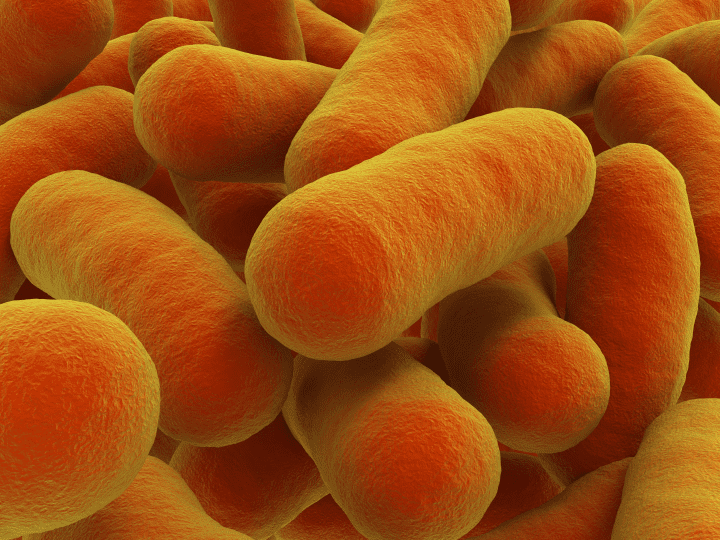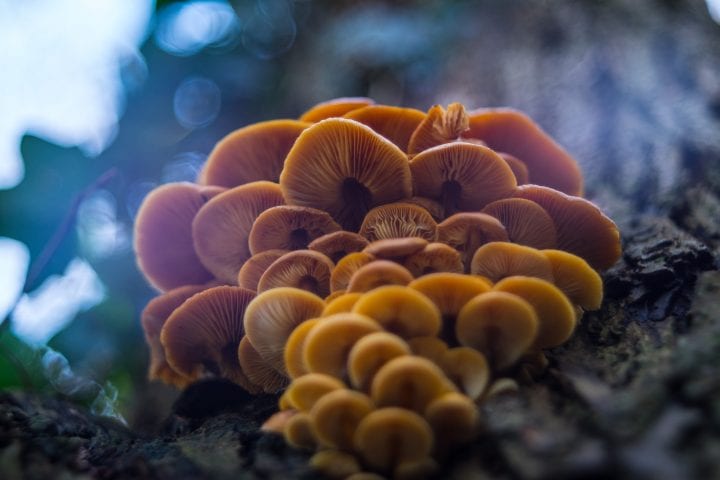Transglutaminase enzymes couple or crosslink proteins in organisms by catalyzing transamidation of glutamine and lysine residues.
“Biology is well known for its use of linear polymers to perform sophisticated functions. Nucleic acids store and process genetic information, while proteins perform recognition, transport, and catalytic functions. Biology also employs polymers (especially proteins and polysaccharides) to perform mechanical functions and there are several examples in which biology covalently crosslinks polymers to confer elasticity and strength. In some cases, the crosslinking enzymes have attracted attention as a simple and safe means for macromolecular processing in vitro. Here, we review recent research with two enzymes, tyrosinase and microbial transglutaminase, that are being examined for a variety of applications.” (Yang et al. 2009:576)






